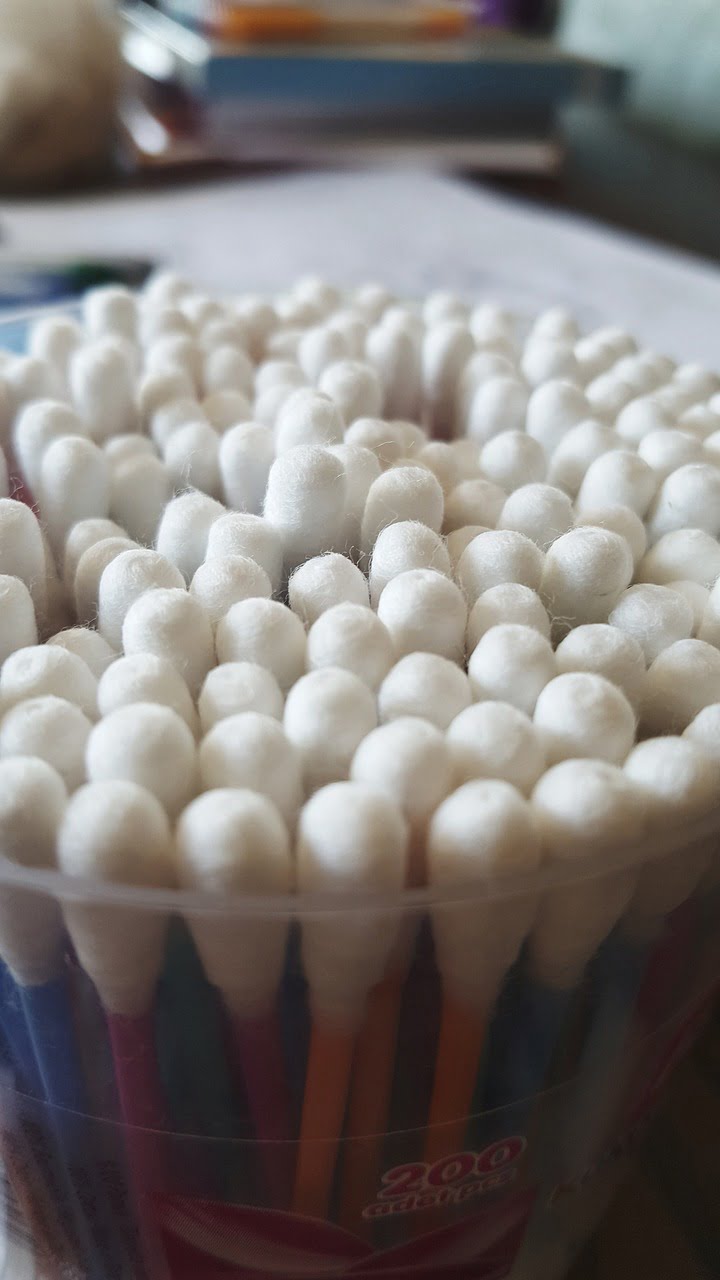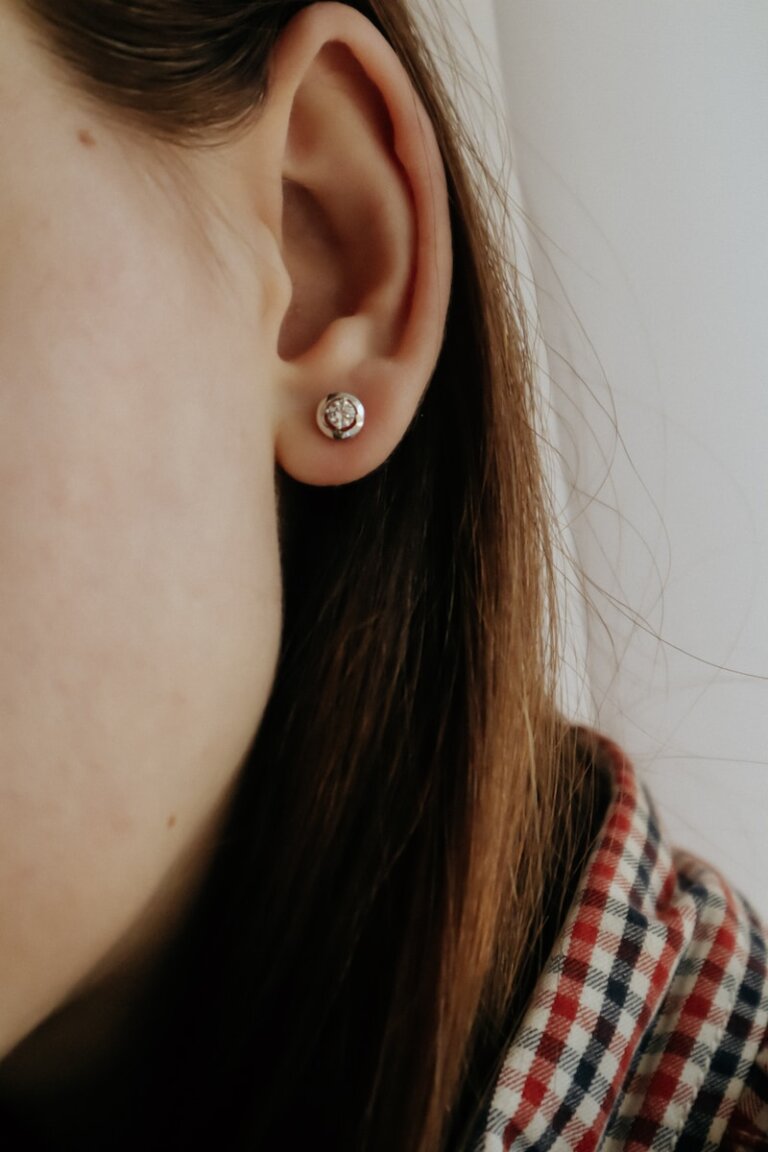Blocked by Wax: Exploring the Consequences of Excess Ear Wax
Last Updated on 25th April 2024 by Admin
The build-up of excess ear wax, scientifically known as cerumen, is a common issue that many people face. This natural substance is produced by the ear to protect and lubricate the ear canal, preventing it from drying out and becoming irritated. However, when ear wax accumulates in excessive amounts, it can lead to various uncomfortable symptoms and potentially affect one’s hearing. In this article, we will delve into the consequences of excess ear wax and explore the potential solutions to this problem.
Understanding the Causes of Excess Ear Wax
Before we discuss the consequences of excess ear wax, it is important to understand the factors that contribute to its build-up. Some individuals naturally produce more ear wax than others, which can make them more prone to experiencing blockages. Additionally, certain activities and habits can exacerbate the problem, such as using Q-tips or other objects to clean the ears, wearing hearing aids or earbuds frequently, or living in a dusty or polluted environment.
Excessive ear wax can occur due to various reasons:
-
Naturally Increased Production: Some people naturally produce more ear wax than others. This can be influenced by genetic factors or individual differences in the anatomy of the ear canal. Those who have narrower or curvier ear canals may be more prone to excess wax build-up.
-
Improper Ear Cleaning Habits: Cleaning the ears with Q-tips or other objects can actually push the wax deeper into the ear canal, causing blockages. This is because the ear canal has a self-cleaning mechanism that moves the wax out naturally. Inserting objects can disrupt this process and lead to wax accumulation.
-
Frequent Use of Hearing Aids or Earbuds: Wearing hearing aids or earbuds can interfere with the natural migration of ear wax, increasing the likelihood of blockages. These devices can also prevent the wax from drying out, creating a favorable environment for wax build-up.
-
Environmental Factors: Living in a dusty or polluted environment can contribute to the accumulation of ear wax. Dust particles or pollutants can mix with the wax, making it stickier and harder to migrate out of the ear canal.
The Consequences of Excess Ear Wax
When excess ear wax accumulates in the ear canal, it can lead to a range of uncomfortable symptoms and potential consequences. These may include:
- Hearing Loss: One of the primary consequences of excess ear wax is temporary hearing loss. The build-up of wax can block sound waves from reaching the eardrum, resulting in muffled or reduced hearing capabilities. This can be particularly problematic in situations where clear hearing is crucial, such as during conversations or while watching television.
Excess ear wax can affect hearing in several ways:
- Sound Blockage: When the ear canal is blocked by wax, sound waves are unable to reach the eardrum effectively. This can result in a decrease in the volume of sounds or difficulty in hearing certain frequencies.
- Conductive Hearing Loss: The obstruction caused by excess wax can lead to a type of hearing loss known as conductive hearing loss. This means that sound transmission through the outer or middle ear is impaired.
- Temporary Hearing Impairment: If the wax is not promptly removed, the hearing loss can become more pronounced. However, it is important to note that once the excess wax is removed, hearing usually returns to normal.
- Tinnitus: Tinnitus refers to the perception of ringing or buzzing sounds in the ears, and it can be a consequence of excess ear wax. When the wax blocks the ear canal, it can disrupt the normal hearing process and cause the brain to compensate by producing phantom noises.
Excess ear wax can contribute to tinnitus in the following ways:
- Sound Interference: The presence of excess wax can interfere with the proper conduction of sound in the ear. This disruption can lead to abnormal neural signals, resulting in the perception of ringing or buzzing sounds.
- Increased Sensitivity: The brain’s attempt to compensate for the blocked sound signals can lead to an increased sensitivity to internal sounds, such as blood flow or muscle contractions. This heightened awareness can manifest as tinnitus.
- Earache and Discomfort: Excess ear wax can cause significant discomfort, leading to earaches, itchiness, and a feeling of fullness in the ear. This discomfort can interfere with daily activities, causing distress and annoyance.
The discomfort caused by excess ear wax can manifest in various ways:
- Earache: The pressure exerted by the accumulated wax can cause pain or discomfort in the ear. This can range from mild aches to sharp, stabbing sensations.
- Itchiness: The presence of wax can irritate the delicate skin in the ear canal, leading to itchiness. Scratching the ear to relieve the itchiness can further aggravate the problem.
- Feeling of Fullness: Excess ear wax can create a sensation of fullness or blockage in the ear. This can be bothersome and affect one’s ability to hear clearly or maintain balance.
- Dizziness and Imbalance: In some cases, the presence of excess ear wax can affect the balance organs located within the inner ear. This disruption can lead to dizziness, vertigo, and a general feeling of imbalance, further impacting one’s daily life.
The build-up of ear wax can interfere with the vestibular system, resulting in balance issues:
- Vestibular Dysfunction: The vestibular system, located within the inner ear, is responsible for maintaining balance and spatial orientation. When excess ear wax affects the function of this system, it can lead to dizziness, unsteadiness, or a spinning sensation (vertigo).
- Impaired Balance: The disrupted signals from the vestibular system can affect one’s ability to maintain balance, especially during sudden movements or changes in position. This can increase the risk of falls or accidents.
- Increased Risk of Infection: When the ear canal is blocked by excess wax, it creates a warm and moist environment that is ideal for the growth of bacteria and fungi. This can increase the risk of developing ear infections, which are characterized by symptoms such as pain, swelling, discharge, and fever.
The presence of excess ear wax can create a breeding ground for microorganisms:
- Bacterial Growth: The warm and moist environment created by the blockage of excess wax can promote the growth of bacteria. These bacteria can cause infections, leading to symptoms like pain, swelling, and discharge from the ear.
- Fungal Infections: Excessive moisture in the ear canal can also encourage the growth of fungi, such as Candida or Aspergillus. Fungal infections can result in itching, redness, and a discharge that resembles cottage cheese.
Managing Excess Ear Wax
Fortunately, there are several methods available to safely and effectively manage excess ear wax. These include:
- Home Remedies: There are various home remedies that can help soften and remove excess ear wax. These include using warm water or saline solution to flush out the ear, using over-the-counter ear drops specifically designed to dissolve wax, or gently using a damp cloth to clean the outer ear. However, it is crucial to exercise caution and avoid inserting objects like Q-tips into the ear canal, as this can push the wax deeper or even damage the eardrum.
Home remedies for managing excess ear wax include:
- Warm Water or Saline Solution: Flushing the ear canal with warm water or a saline solution can help soften the wax, making it easier to remove. This can be done by gently tilting the head to the side and using a bulb syringe or a special ear irrigation kit to introduce the solution.
- Over-the-counter Ear Drops: There are ear drops available that contain ingredients like hydrogen peroxide or glycerin, which can help break down the wax. These drops should be used as directed and are generally applied by tilting the head and placing a few drops in the affected ear.
- Gentle Outer Ear Cleaning: Using a damp cloth or a cotton swab moistened with warm water, the outer part of the ear can be gently cleaned to remove any visible wax. It is important to note that the cotton swab should never be inserted into the ear canal.
- Ear Irrigation: Ear irrigation, also known as ear syringing, involves using a gentle stream of water to flush out the excess ear wax. This procedure is typically performed by a healthcare professional and should not be attempted at home without proper training or guidance.
Ear irrigation performed by a professional can effectively remove stubborn wax:
- Procedure: During ear irrigation, a healthcare professional will use a specialized syringe or irrigation device to introduce a controlled flow of warm water or saline solution into the ear canal. This helps dislodge and flush out the excess wax.
- Safety Considerations: It is important to seek professional assistance for ear irrigation, as improper technique or excessive pressure can cause damage to the ear canal or eardrum. A healthcare professional will have the necessary expertise and equipment to perform the procedure safely.
- Microsuction: Microsuction is a relatively new method for removing excess ear wax. It involves using a small suction device to carefully extract the wax from the ear canal. This procedure is considered safe and effective when performed by a trained professional.
Microsuction offers a gentle and precise way to remove wax:
- Procedure: During microsuction, a healthcare professional uses a small suction device with a fine, sterile tip to gently remove the excess wax from the ear canal. The procedure is usually quick and painless, providing immediate relief.
- Advantages: Microsuction is advantageous as it allows for a more controlled and precise removal of wax without the use of water or syringes. It is particularly suitable for individuals with narrow or sensitive ear canals.
- Ear Wax Softening Drops: Over-the-counter ear wax softening drops can be used to break down and soften the excess wax, making it easier to remove. These drops typically contain active ingredients like hydrogen peroxide or glycerin.
Ear wax softening drops can assist in preparing the wax for removal:
- Application: The recommended number of drops should be placed in the affected ear, following the instructions provided with the product. The drops help to soften the wax over a period of time, usually a few days, making it easier to remove.
- Precautions: It is essential to follow the instructions and not exceed the recommended dosage. If there is any discomfort or adverse reaction, it is advisable to discontinue use and consult a healthcare professional.
- Seeking Professional Help: If the symptoms persist or worsen despite using home remedies, it is advisable to seek professional help. An otolaryngologist, or ear, nose, and throat specialist, can assess the situation and recommend appropriate treatment options based on the severity and cause of the excess ear wax.
When home remedies are insufficient, professional assistance may be necessary:
- Expert Evaluation: An otolaryngologist will conduct a thorough examination of the ear canal and ear drum to determine the extent and cause of the excess ear wax. They may also perform hearing tests to assess any hearing loss or related issues.
- Treatment Recommendations: Based on the evaluation, the specialist may recommend procedures such as ear irrigation, microsuction, or provide other treatment options tailored to the individual’s needs. They will ensure that the removal of excess ear wax is performed safely and effectively.
Conclusion
Excess ear wax can be a bothersome and uncomfortable condition, potentially leading to various consequences such as hearing loss, tinnitus, earaches, dizziness, and an increased risk of infection. Understanding the causes and consequences of excess ear wax is crucial in managing the issue effectively. By using appropriate methods like home remedies, ear irrigation, or seeking professional help, individuals can relieve the discomfort associated with excess ear wax and maintain optimal ear health. Remember, always exercise caution and consult a healthcare professional if you have concerns or questions regarding your ear wax situation.
- What are the consequences of excess ear wax?
Excess ear wax can lead to temporary hearing loss, tinnitus, earaches, dizziness, and an increased risk of infection.
- How does excess ear wax affect hearing?
Excess ear wax can block sound waves from reaching the eardrum, resulting in muffled or reduced hearing capabilities. It can also lead to conductive hearing loss and temporary hearing impairment.
- What home remedies can help manage excess ear wax?
Home remedies include using warm water or saline solution to flush out the ear, using over-the-counter ear drops designed to dissolve wax, or gently cleaning the outer ear with a damp cloth. However, avoid inserting objects like Q-tips into the ear canal.
- When should I seek professional help for excess ear wax?
If the symptoms persist or worsen despite using home remedies, it is advisable to seek professional help from an otolaryngologist. They can assess the situation and recommend appropriate treatment options based on the severity and cause of the excess ear wax.







